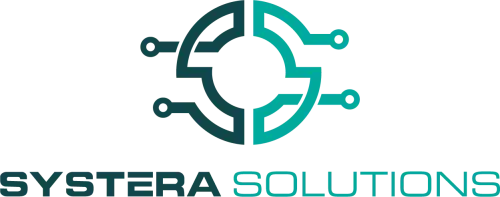GAMP 5 is one of the most cited and most misunderstood frameworks in regulated life sciences.
If you’re a scientist, you may have been told, “Don’t worry, QA will handle it.”
If you’re in QA, you may find yourself reminding IT why documentation matters.
And if you’re in IT… well, you probably just want to know where your responsibility ends.
We’ve worked with all three groups, and we’ve seen how GAMP 5 can either bring teams together or become a massive distraction. So, let’s simplify it.
What GAMP 5 Actually Is (And Isn’t)
GAMP 5 is not a checklist.
It’s not a doctrine.
And it’s definitely not an excuse to generate 300 pages of documentation no one will read.
It’s a practical, risk-based approach to Computerized System Validation (CSV). It helps teams decide:
- What needs to be validated
- How much evidence is needed
- Where to focus testing and documentation
If you take away one idea, it’s this:
The level of validation effort should match the level of risk.
This idea is surprisingly powerful, especially when you’re dealing with complex systems, off-the-shelf tools, or custom lab platforms.
Why GAMP 5 Gets Misapplied
Many teams, despite the best intentions, can find themselves leaning toward one of two extremes:
1. Everything gets overvalidated.
Systems are treated as if every feature needs exhaustive testing, resulting in bloated documentation and wasted effort on low-risk functionality.
2. Too many key elements go undocumented.
A tool goes live without clear user requirements, traceable tests, or version control—because it’s assumed that “off the shelf” means “validation not required.”
GAMP 5 is designed to help teams avoid both of these pitfalls. But it only works when everyone understands their role.
What Each Team Actually Needs to Know
🧪 Scientists & Lab Users
- You’re responsible for defining how the system is used—user requirements and critical workflows.
- You don’t need to write validation scripts, but your input is what makes them meaningful.
🛠️ IT Teams
- You provide the infrastructure and access controls.
- You help enforce traceability, backups, audit trails, and change control.
🧾 QA & Compliance
- You manage risk assessments, traceability matrices, and the overall documentation structure.
- You determine how much validation is enough, with input from both R&D and IT.
The best validation plans we’ve seen came from teams that trusted each other, not templates.
Real Talk: GAMP 5 in Action
In one project, we led the validation of a custom script-based application used for clinical assay data analysis. It was classified as GAMP Category 5, the highest level of concern.
We didn’t validate everything.
We validated what mattered:
- The integrity of the calculations
- The inputs and outputs
- The audit trail
- The system’s role in clinical trial submissions
The result? An inspection-ready, audit-passed system that supported regulatory filings, without drowning in meaningless test scripts.
If You Want to Get GAMP 5 Right…
Here’s the truth:
✔️ You don’t need more templates
✔️ You don’t need more documentation for the sake of it
✔️ You need alignment between your scientists, QA team, and IT
That’s where GAMP 5 becomes a tool, not a burden.
Need help putting it into practice?
If you’re preparing to validate a new system, gearing up for an inspection, or untangling a complex environment, let’s talk. We help teams bridge scientific workflows and compliance requirements with clarity and confidence.
👉 [Schedule a Consultation]
👉 [Learn more about our Validation Services]
